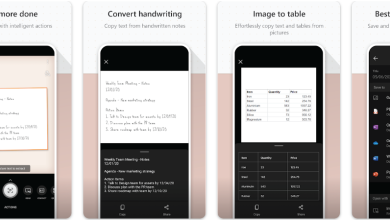Cisco ACI changed the traditional concept of networking

While the concept of software defined networking is getting more admired around the globe, the implementation of the Cisco ACI has hugely changed our traditional concept of networking. The traditional networking system is based on an imperative model. It means we will decide and operate the activities of the network devices.
We write commands and in return, network devices follow the commands. But Cisco ACI is quite smarter. Under this system, we just need to provide our expected end result and that’s it. The network devices will understand it and do whatever it takes to provide our desired end result.
The structure of Cisco ACI:
Cisco Application Centric Infrastructure (ACI) is a strongly bonded policy-controlled application that incorporates both hardware and software. While the hardware part consists of Cisco Nexus 9000 series of switches, the software part consists of certain modules such as Data Center Policy Engine, Added Data Center Pod, indirectly linked Virtual and Physical Leaf Switches, etc. However, the use of any virtual switch may not provide the expected result. To get the desired end result, you need to use Cisco ACI provided virtual switch. Though in the near future, this framework may be extended to Open vSwitch for better availability.
Components of Cisco ACI:
- i) Cisco Nexus 9000 family of switches.
- ii) Central policy management structure and Cisco Application Policy Infrastructure Controller (APIC).
iii) AVS or Application Virtual Switch provided by Cisco for better control of the virtual network.
- iv) Innovative hardware and software.
- v) Internally connected virtual and physical construction.
- vi) An open combination of storage devices, network systems, and management components.
Key features of Cisco ACI:
- i) Easy and simple automation through application-based policy structure.
- ii) Real-time central visibility accompanied by health monitoring.
iii) Measurable performance with an open software elasticity.
The spine and Leaf organization of Cisco ACI:
The construction of the Cisco ACI is based on a Clos network that consists of both spine nodes and leaf nodes. Each leaf has a connection with the spines in an interlocked design. The IP network situates in the middle of the spine and leaf devices and uses an enhanced IS-IS routing etiquette as per the first release. As the whole network is based on layer 3, so it does not require Spanning Tree Protocol (STP), which created a lot of hazards previously. Though STP can effectively manage the issues related to broadcast storms, it can also reduce the network performance by decelerating the network speed and taking more time for proper planning. The addition or removal of network switches can also generate complex issues as well with STP. But ACI technology eliminates all these concerns.
In the case of connecting the hosts and end terminals, always remember to connect them with leaf ports, not with the spine ports. Cisco ACI is equipped with a white list policy model. It means the flow of packets between applications is not possible without proper allowance. After the right EPG set up, we can generate new policies to permit specif forms of traffic flow between them.




